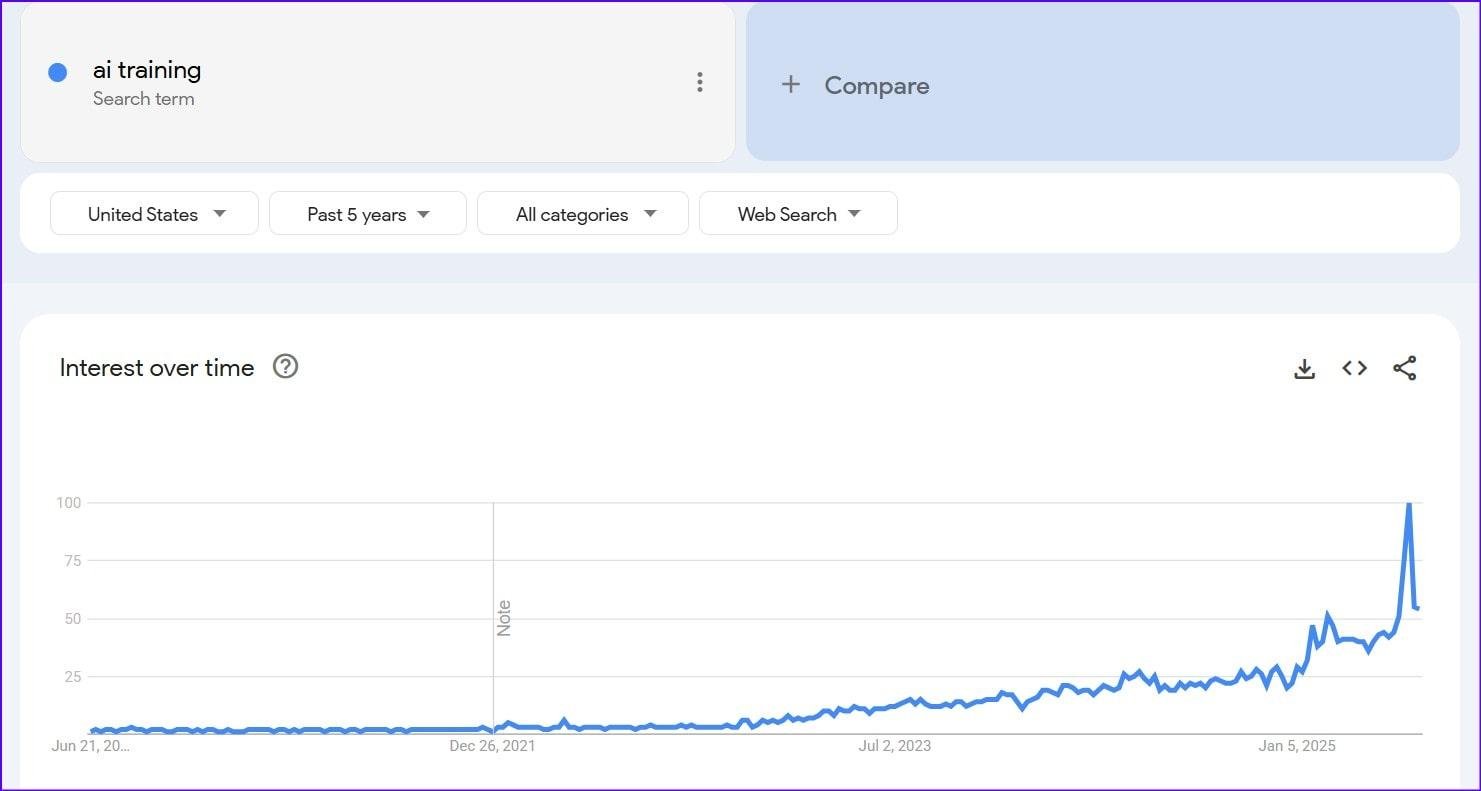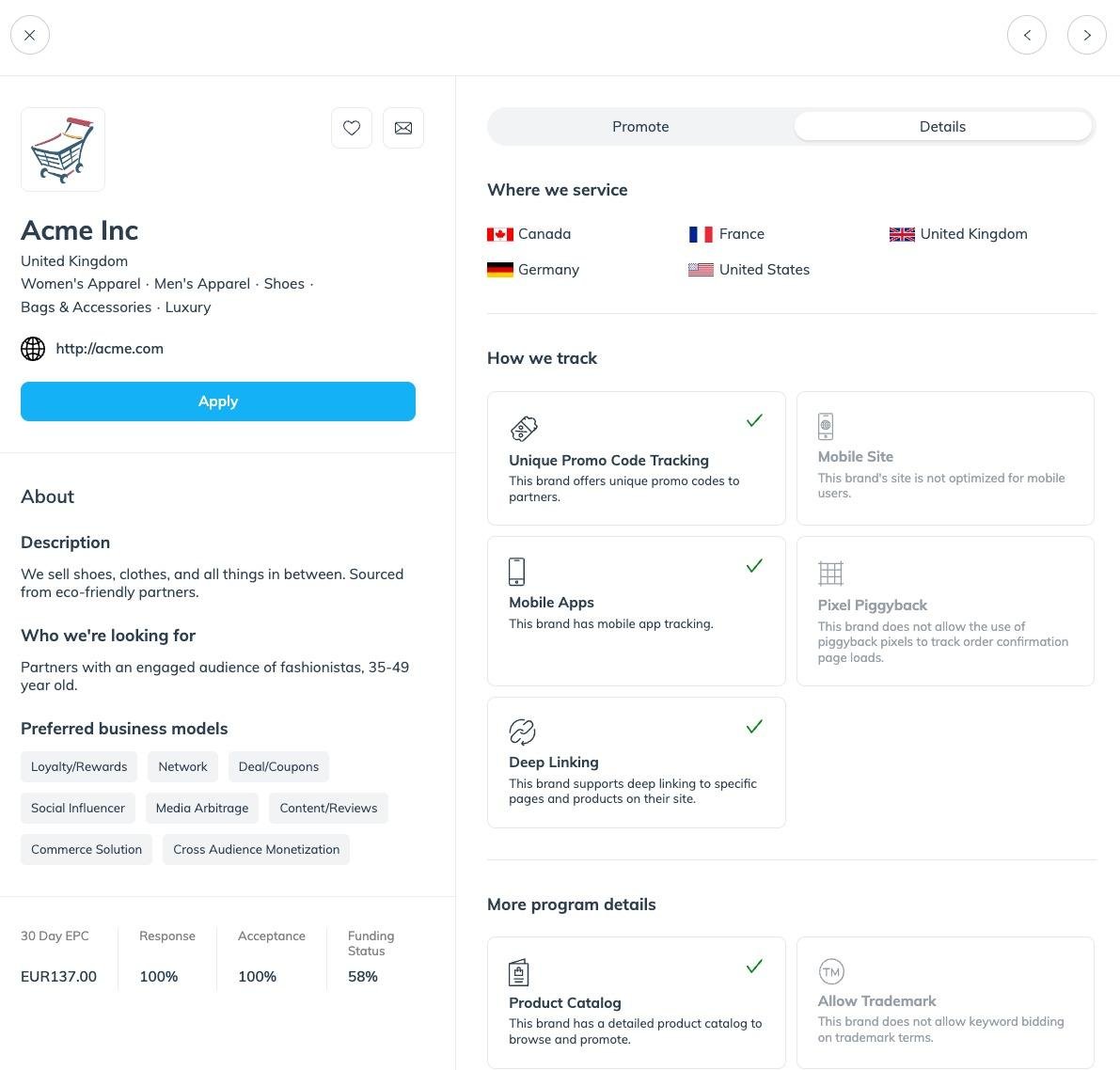Looking to earn income through affiliate links on your website, social media, blog, or email list? Regardless of which services or goods you’re marketing, your efforts won’t pay off if your target market isn’t interested in your posts and emails.
To succeed, you need more than just a link to share. You need a solid affiliate marketing strategy. Without one, you might struggle to see results.
In this guide, I’ll break down the steps to create a clear, practical affiliate marketing plan that works for you.
Disclaimer: If you buy any products through links on this site, I may earn a commission. But it doesn't make any difference to your cost, and it helps me keep this blog running. So you could always read my articles for free.
Why create an affiliate marketing strategy?
Creating an affiliate marketing strategy is essential for affiliates who want to see consistent, long-term success. Without a clear plan, it’s easy to promote products without direction, wasting time on tactics that don’t bring in results.
A well-thought-out affiliate marketing plan helps you focus your efforts and build a sustainable income stream.
For example, Pat Flynn, a successful affiliate marketer, earned over $105,000 in affiliate commissions by December 2017. And part of the reason for this was carefully selecting products that align with his audience’s needs.
His strategy involved building trust through helpful content and recommending products he genuinely believed in.
This approach not only increased his sales but also helped him maintain a loyal following.
An affiliate marketing strategy helps you target the right products, find reputable affiliate programs, and track your results.
For instance, if you’re in the fitness niche, promoting a program like MyProtein makes sense because their products resonate with your audience.
Identifying the right partnerships and tailoring your approach to your audience’s interests is key.
Ultimately, having a strategy allows you to work smarter, not harder. By continuously testing, tweaking, and staying consistent, you’ll see better results over time.
How to build an affiliate marketing plan
Now that you understand the importance of an affiliate marketing strategy, here’s a step-by-step guide on building your own successful affiliate marketing plan.
Pick a niche
If you are getting into affiliate marketing, identifying a good niche is crucial. It helps you advance in this expanding and fierce world.
So, what exactly is a niche?
A niche in affiliate marketing is a focused topic that solves a specific need.
Instead of a broad category like “fitness,” narrow it to “home workouts for busy parents.” This makes it easier to connect with the right audience and recommend products that fit their exact needs.
To find your niche, you can use a tool like Google Trends. Enter a few topic ideas and compare their interest over time. Stable trends are better than short spikes.

Say “AI training” shows steady growth. This could lead to content around artificial intelligence education.
Then, visit affiliate networks like Awin or ShareASale to see if the niche you’re interested in is popular and profitable enough for your affiliate marketing plan.
For example, in ShareASale, go to the “Merchants” tab > ”Search for Merchants,” then use filters to explore categories, average commissions, and brands.
For more details, check out my post on the best affiliate marketing niche ideas.
Choose a platform
To get your affiliate links in front of your audience, you need a platform. A platform is where you post your content and affiliate links. This could be a blog, YouTube channel, or social media app like Instagram or TikTok.
So why does choosing the right platform matter?
Because it affects who sees your links and how likely they are to click.
To choose the right platform for your affiliate marketing strategy, start by considering how you like to create. For instance, if you enjoy writing, a blog might be ideal.
On the other hand, if you prefer being on camera, YouTube could be a better fit for your affiliate marketing plan. For shorter content, like quick tips or demos, platforms like Instagram or TikTok work well.
Besides that, your niche can also guide your decision. For example, beauty content works well on Instagram, while finance topics often thrive on blogs or YouTube.
Finally, research where your audience spends their time.
For example, a tool like SparkToro lets you search a topic (e.g., “home workouts”) to see which sites your audience visits, which podcasts they listen to, and which accounts they follow. This helps you align your platform with their habits.
By combining your content style, niche trends, and audience behavior, you can choose the platform that sets your affiliate marketing strategy for success.
Select the right products to promote
Selecting the right product is another crucial step to affiliate success.
You need to promote items that fit your niche and solve a problem your audience actually cares about. When you choose the right product, it builds trust with your audience. And trust drives results in affiliate marketing.
To pick the right products for your affiliate marketing plan, start by understanding what your audience needs. Visit affiliate networks like Impact or ShareASale.
These platforms give you insights into affiliate products, so you can quickly identify the ones with good results.
Take Impact, for example, after signing up, you can go to “Products” > “Find Products” to explore its marketplace.

Then you can filter and search for your product and compare merchants based on commission rates, EPC (earnings per click), conversion rates, and brand quality.
Besides that, avoid using highly saturated products in your affiliate marketing strategy. By this, I mean products promoted by hundreds of affiliates. They often convert poorly due to overcrowding.
To learn more, check out this blog post on how to choose the right product for affiliate marketing.
Pick affiliate programs to join
Before you can start promoting products, you’ll have to find a good affiliate program to join.
An affiliate program is a partnership where a company pays you a commission for driving sales or leads through your unique link.
So why is finding the right affiliate program important?
Because it affects various parts of your affiliate marketing plan. These include everything from what you promote to how much you earn and how well the offer fits your audience.
To begin your search, start by Googling “[product type] + affiliate program.”
You can also explore platforms like ShareASale, CJ Affiliate, or Impact, which connect you with thousands of programs. After creating a free account, use filters to search by niche, commission rate, and brand.
I suggest starting with your niche.
For example, if you’re in the “fashion” niche, search for relevant programs to see what’s available.
Besides affiliate platforms, check your favorite brands’ websites to select the right programs for your affiliate marketing strategy. Some brands run their own programs.
For instance, Sephora has an affiliate program you can register for through their website.
While visiting the brand’s website, look for an affiliate program or contact email.
You can also find their emails by using a tool like Hunter or Wiza. Simply input the domain or associate’s name, and it will find the associated email ID for you.
Then send a short email explaining who you are, what content you create, and how it aligns with their product.
For more information, read this post on selecting the right program for your affiliate marketing plan.
Create content for your chosen platform
Creating content for affiliate marketing is how you turn your links into actual earnings.
Content includes anything you create, like videos, blog posts, or social media updates.
It engages your audience, helps them learn about a product, and then helps convert them into buyers.
To create effective content for your affiliate marketing strategy, start by understanding what your audience wants. A platform like AnswerThePublic can help you with this.
For example, search for topics such as “camping gear,” to explore real questions people ask, like “what tent is best for rain?” This will give you insight into what your content should address.
Next, choose a topic that naturally fits affiliate products. For instance, if you want to market camping tents, you can curate a post about reviewing and contrasting newly launched camping tents. You can highlight their specifications, advantages, drawbacks, and pricing while including affiliate URLs for each device.
Using this approach in your affiliate marketing plan will make your content seem helpful rather than promotional.
After selecting a topic, structure your content clearly. Here’s one way to structure your content: start with a headline, address a problem, present your product as a solution, and end with a strong call-to-action.
If you want to design visual elements for a social media platform, use a tool like Canva‘s drag-and-drop editor to create professional graphics.
In Canva, search for templates by typing in the name of your social media platform. Choose a template, then start customizing it. Next, add your affiliate product images, customize the text, and download in the proper dimensions for your platform.
To learn more, read this post on different types of affiliate marketing content.
Build an email list
Successful affiliates rely on email campaigns to increase their income. However, to execute an email marketing program, you need to create an email list.
An email list is a collection of contacts who’ve signed up to hear from you, usually through your website, blog, or content. It helps you connect directly with your audience and share content without relying on just search engines or social media.
So, how can you effectively build an email list to use in your affiliate marketing strategy? Start by creating a freebie, like a checklist or guide.
For example, lifestyle blogger By Sophia Lee shares free college packing checklists to attract student sign-ups.

To create a lead magnet, choose a topic that resonates with your audience. Platforms like Canva or Visme can help you with this. Once you have a lead magnet, the next step is to start collecting sign-ups.
To do this, use a tool like MailerLite or Kit. In Kit, for example, go to “Landing Page and Forms” to start creating a landing page. Pick a template, customize it, and add your freebie description.
Next, set up the confirmation or welcome email to deliver your freebie. Lastly, share the links on your preferred platform as a part of your affiliate marketing plan.
For more information, read this blog about various strategies to build an email list.
Invest in SEO
When it comes to affiliate marketing, your earnings heavily depend on the number of people you can attract to your platform. And SEO plays a key role in making that happen.
It is the process of optimizing your site’s structure, content, and online presence to achieve a better position on search engines such as Google.
Investing in SEO for affiliate marketing helps attract organic traffic and increase affiliate commissions. It boosts your site’s visibility on search engines, drawing in users actively searching for the products you promote.
To optimize for search engines, start with keyword research using a tool such as Ahrefs or Semrush.
For example, go to the Keyword Magic Tool in Semrush. Enter your topic (e.g., “budget travel”), and filter for low-difficulty keywords with decent search volume. These terms face less competition but attract meaningful traffic.
Next, use a tool like Surfer SEO to optimize your blog posts. Paste your draft into Surfer to get suggestions based on top-ranking content, like ideal word count, keyword usage, and headings.
If you use YouTube in your affiliate marketing strategy, then you can use software like Tubebuddy to find keywords for your video content.
It suggests popular search terms related to your content, which you can add to your video title and description to improve visibility.
To learn more, check out my guide on optimizing your blog for SEO.
Build relationships with merchants
The true strength of affiliate marketing relies on how well brands and affiliates get along. Being on good terms with brands will help create a foundation that propels your affiliate marketing plan to the next level.
However, building relationships with merchants can lead to better deals, early access to offers, and custom discount codes.
It’s more than just joining an affiliate program. It’s about staying in touch, sharing updates, and working together to improve results.
So, how can you implement this in your affiliate marketing strategy?
To start, treat merchants like business partners, not just links.
One way to strengthen the partnership is by tracking your website and social media to see which products are getting the most clicks or sales. This helps you understand what’s working and lets you give merchants useful, data-backed feedback.
After that, stay in touch through email. Don’t wait for issues to pop up. Instead, every few weeks, send a quick message with updates: “Just wanted to share that your spring deal got great traffic. I’ll be happy to feature the next one if available.”
Besides that, check in regularly. Ask about upcoming offers or suggest ideas.
Monetize your content with affiliate links
Affiliate links transform your content into income-generating assets when strategically implemented.
An affiliate link is a unique link a merchant provides to an affiliate. It contains a unique ID corresponding to the affiliate, which can be your username or a special number. Plus, it has some parameters to track who directed the customer to their website.
This way every time a customer purchases through your link you’ll earn a commision.
To get your links, head to your affiliate platform’s dashboard and look for a product that fits your topic. After that, copy the unique tracking link.
Take Amazon Associates, for instance, you can use the SiteStripe bar at the top of any product page to get your link quickly.
Next, think about placement.
In a blog post, place the links where they feel natural, like inside tips, captions, or product mentions, and not just at the end.
On YouTube, include them in the video description with a clear label. If you use social media in your affiliate marketing plan, then add the links in captions or use a link-in-bio tool like Linktree. This way, links feel useful, not random.
Finally, track results, check the reporting tab in your affiliate dashboard to see views, clicks, and sales for each affiliate link.
This helps you identify which links work best and adjust your affiliate marketing strategy for better results, ensuring you earn more over time.
Final thoughts on planning to become an affiliate marketer
Creating an affiliate marketing plan helps you stay focused and organized. Instead of guessing what to do next, you’ll know exactly where to put your time and effort. From picking the right program to tracking your links, each step builds on the last.
Besides that, planning helps you avoid common mistakes like promoting the wrong product or using the wrong platform for your audience. Take time to test your ideas, adjust when needed, and keep an eye on what’s working.
You don’t need to rush. Start small, keep learning, and improve along the way. Even small wins can build up over time. As long as you stay consistent and make smart choices, your affiliate marketing strategy can help you grow your income while sharing helpful content with your audience.
Did I miss anything? Did you try these tips? Do you have any questions or comments? Share your thoughts below in the comments section.





